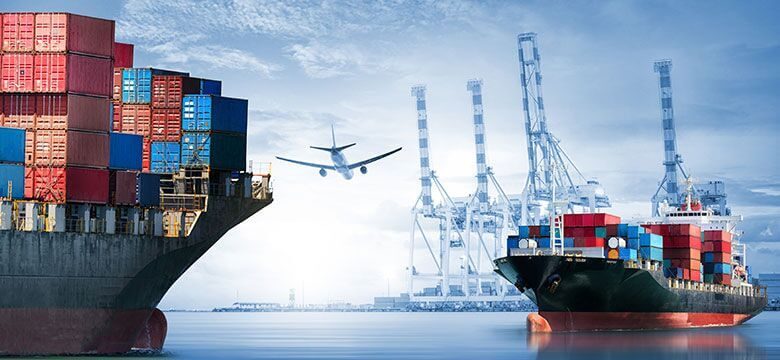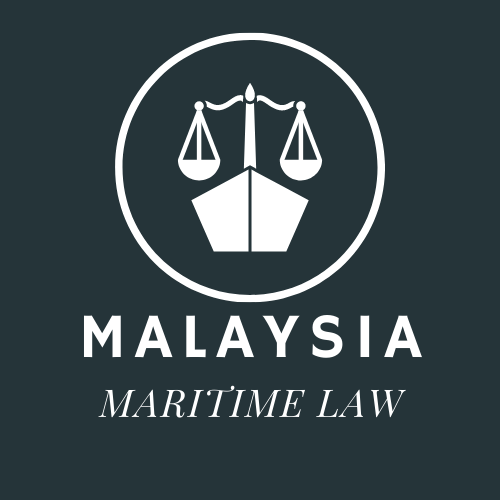Owner’s implied obligations I – general principles> Liability Of Sea Carriers At Common Law Liability of common carriers In the...

Introduction
The world as we know it from the early formative years, i.e. the introduction of mankind to its ecosystem, to the modern setting has changed tremendously. The biggest and most recognizable change is the growth of the population of earth, which stands at more than 7 billion people, today. One of the most positively impacted aspect of human maturity as a civilization is that of the trade of goods, commodities and movement of services.
The growth of human population and the global demand for necessities dictates trade and the trade routes taken globally together with the mode of movement of goods and commodities together with movement of people in providing services. The most commonly utilized mode for this purpose is provided through air, land and sea transportation.
In this website, we will be focusing on sea transportation together with the types of rules and laws which predominantly dictate the trade practices using sea transportation for such movements as seen above.
The maritime and shipping leg of trade distribution and human movement has become increasingly important since the turn of the early 1900. Maritime and shipping businesses around the globe has scaled up over many folds in the 21st century.
The importance of sea transportation and movement of goods, commodities and people has also brought about various important conventions, laws and rules to regulate and strike a balance amongst the various stakeholders who have a vested interest in the global welfare of the sea and the habitats it holds for the fisheries and creatures of the vast seas and oceans of the world, on the one hand, as well as the profitable business of sea transportation of goods and commodities together with movement of people, on the other, and the need to cope with the demands of market forces for the survival of humans.
These laws are necessary to keep the equilibrium between the three competing interests mentioned above for a sustainable environment to enable the humans to thrive.
We have herein re-stated the laws covering four key areas governing maritime and shipping practices, namely, Maritime Insurance Law, The Law of the Carriage of Goods by Sea, Admiralty Law and, last but not least, The International Law of the Sea.
As part of our commitment to provide more write ups, we will be adding more areas of law relating to maritime and shipping practices for the benefit of our readers.
Owner’s Implied Obligations II
Owner’s Implied Obligations II – The Duty To Provide A Seaworthy Ship Meaning of seaworthiness A ship is not seaworthy...
The Nature of Admiralty Jurisdiction
The Nature Of Admiralty Jurisdiction Statutory rights in rem and maritime liens The Senior Court Act 1981 (hereinafter known as SCA 1981) provides...
Enforceability of Claims under The Admiralty Jurisdiction of The High Court
Enforceability of claims under the Admiralty jurisdiction of the High Court Nature of in rem proceedings The advantages of the...
Pre-UN Development of the Law of the Sea
Pre-UN development of the law of the sea Introduction We know that as early as the fourth millennium BC there...
First UN Conference on the Law of the Sea (UNCLOS I)
First UN Conference on the Law of the Sea (UNCLOS I) Aftermath of the Second World War The conduct of...
Featured Stories
The Assured’s Post-Contractual Duty of Good Faith
The Assured’s Post-Contractual Duty Of Good Faith 1. Introduction The Court of Appeal in The Mercandian Continent confirmed that the...
Hague-Visby Rules I
Hague-Visby Rules I –Contracts To Which The Rules Apply 1. Contract Of Carriage ‘Covered By A Bill Of Lading’ The...
Bill of Lading as A Document of Title
Bill Of Lading As A Document Of Title 1. Types Of Bill Of Lading A bill of lading may be...
Bill of lading as a receipt
Bill of lading as a receipt 1. Apparent condition of the goods Printed forms of bills of lading typically state:...
Concept of the EEZ
Concept of the EEZ 1. Evolution of the concept of the EEZ In the late 1940s and early 1950s, a...
Rights of Coastal States and Other States in the Continental Shelf
Rights of coastal states and other states in the continental shelf 1. Rights of coastal states Coastal states have exclusive...
Definition and Method of Drawing the Limits of the Continental Shelf
Definition and method of drawing the limits of the continental shelf 1. Evolution of the continental shelf as a legal...
Civil Liability for Collision Damage
Civil Liability For Collision Damage 1. Who May Be Liable? Standard Of Care And Burden Of Proof When ships collide,...

